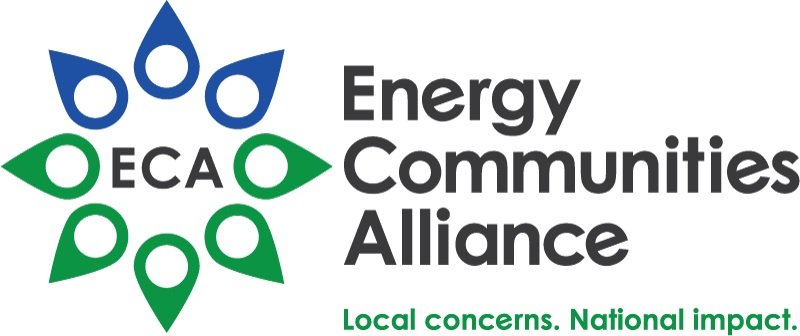HOW CAN COMMUNITIES HELP SHAPE THE FUTURE OF EM'S CLEANUP STRATEGY?
Last month ECA hosted a webinar "What Should EM's Cleanup Strategy Look Like in the Future" with the Government Accountability Office (GAO) to discuss a report published by GAO earlier this summer on nuclear waste titled: "An Integrated Disposal Plan Could Help DOE Complete Its Cleanup Mission and Save Billions". A recording of the webinar is now available, and you can now watch it on ECA's YouTube channel.
During the Webinar, GAO and ECA discussed the conclusions of the report which focus on how to make EM more efficient. The report identified key issues such as EM’s mission of cleaning up land on DOE sites that are used for DOE missions such as NNSA, NE, Office of Science, Naval Reactors and others. GAO also highlighted that DOE needs to determine the full scope of the cleanup that needs to occur on the sites and the reporting of such information is inconsistent.
The session inspired many questions, particularly about the amount of uncharacterized and unaccounted for waste and the other missions EM may be undertaking. ECA put together a list for ECA members to explore with local sites.
The questions seek greater understanding of the cleanup that is needed at the sites with the goal of assisting EM, the states, tribal governments and local governments to plan for what still must occur and whether the current cost estimates capture all of the issues.
What are the waste cleanup estimates for the site and how many years of cleanup at the current budget level will it take to clean up the site?
What is the DOE-defined end state for each site or major areas of large sites?
Is there already local government (beyond the advisory board) and regulatory alignment with the defined end states?
What major assumptions underpin your site cleanup plan - funding, end state, future regulatory decisions, years to complete, waste disposal plans, etc.?
Where are the sites that still need to be fully characterized and what is the timing for DOE to undertake the characterization? How are you accounting for such waste sites you have not made a decision about the cleanup? For example, at some sites DOE does not account for cleanup actions in the lifecycle costs where the local governments or others have asked for characterization but DOE has not undertaken the work (even where previous estimates for the cleanup were above $1 billion over 15 years ago). Another way of asking about the issue at a site is to ask which cleanup sites are identified in the lifecycle costs to not require additional remediation?
Where will all of the known wastes be disposed (on site or off-site and does that off-site disposal site exist and if so what is the schedule for disposing of the waste off site and on-site)? Are these costs included in the lifecycle for the cleanup?
How does your contractor account for waste generated beyond the terms of its contract? And does that limitation exist at the site?
The total cost of cleanup continues to grow, or at best remain stable, despite significant investment. Some of that is inflation, but what are the other drivers? How much of that is based on changed cleanup plans either because more information about the waste is discovered, cleanup end states are changed, or technical issues arise?
What is the date of the last lifecycle cost analysis at the site?
At sites where other missions exist (NNSA, NE, Office of Science, etc.) what it the expected work for EM to undertake at the site for other DOE/NNSA offices and how is that information included in the EM lifecycle analysis at the site?
Detailed implementation of these recommendations with deadlines included are laid out in Section 3123 – Office of Environmental Management Integrated Radioactive Waste Disposal Planning And Optimization of the Senate's FY2026 National Defense Authorization Act committee report. Click here to review the provision.
If you have not already read the report, we recommend that you watch the presentation and read the report beyond the conclusions.
With the likely cuts in the FY 2026 EM budget to about the FY 2022 levels – these issues become important as cleanup funding cuts occur at the sites.
Stay tuned for the next and final Webinar in ECA's Summer Series: Investing in innovation - Financing Advanced Nuclear Projects, to be held on September 10 from 2:30pm - 3:30pm.
